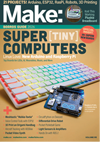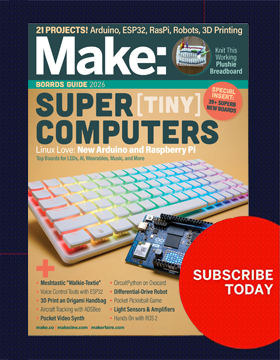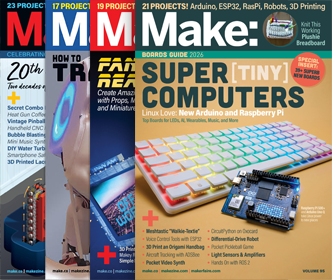A study by Noah Fierer and co-workers at the University of Colorado at Boulder suggests that the mix of bacterial flora each of us leaves behind on, say, our computer keyboard or mouse, may be sufficiently unique to identify us:
“Each one of us leaves a unique trail of bugs behind as we travel through our daily lives,” said Fierer, an assistant professor in CU-Boulder’s ecology and evolutionary biology department. “While this project is still in it’s preliminary stages, we think the technique could eventually become a valuable new item in the toolbox of forensic scientists.”
The study was published March 15 in the Proceedings of the National Academy of Sciences. Co-authors on the PNAS study included Christian Lauber and Nick Zhou of CU-Boulder’s Cooperative Institute for Research in Environmental Sciences, or CIRES, Daniel McDonald of CU-Boulder’s department of chemistry and biochemistry, Stanford University Postdoctoral Researcher Elizabeth Costello and CU-Boulder chemistry and biochemistry Assistant Professor Rob Knight.
Using powerful gene-sequencing techniques, the team swabbed bacterial DNA from individual keys on three personal computers and matched them up to bacteria on the fingertips of keyboard owners, comparing the results to swabs taken from other keyboards never touched by the subjects. The bacterial DNA from the keys matched much more closely to bacteria of keyboard owners than to bacterial samples taken from random fingertips and from other keyboards, Fierer said.
Here’s the abstract for Fierer’s paper at PNAS.







